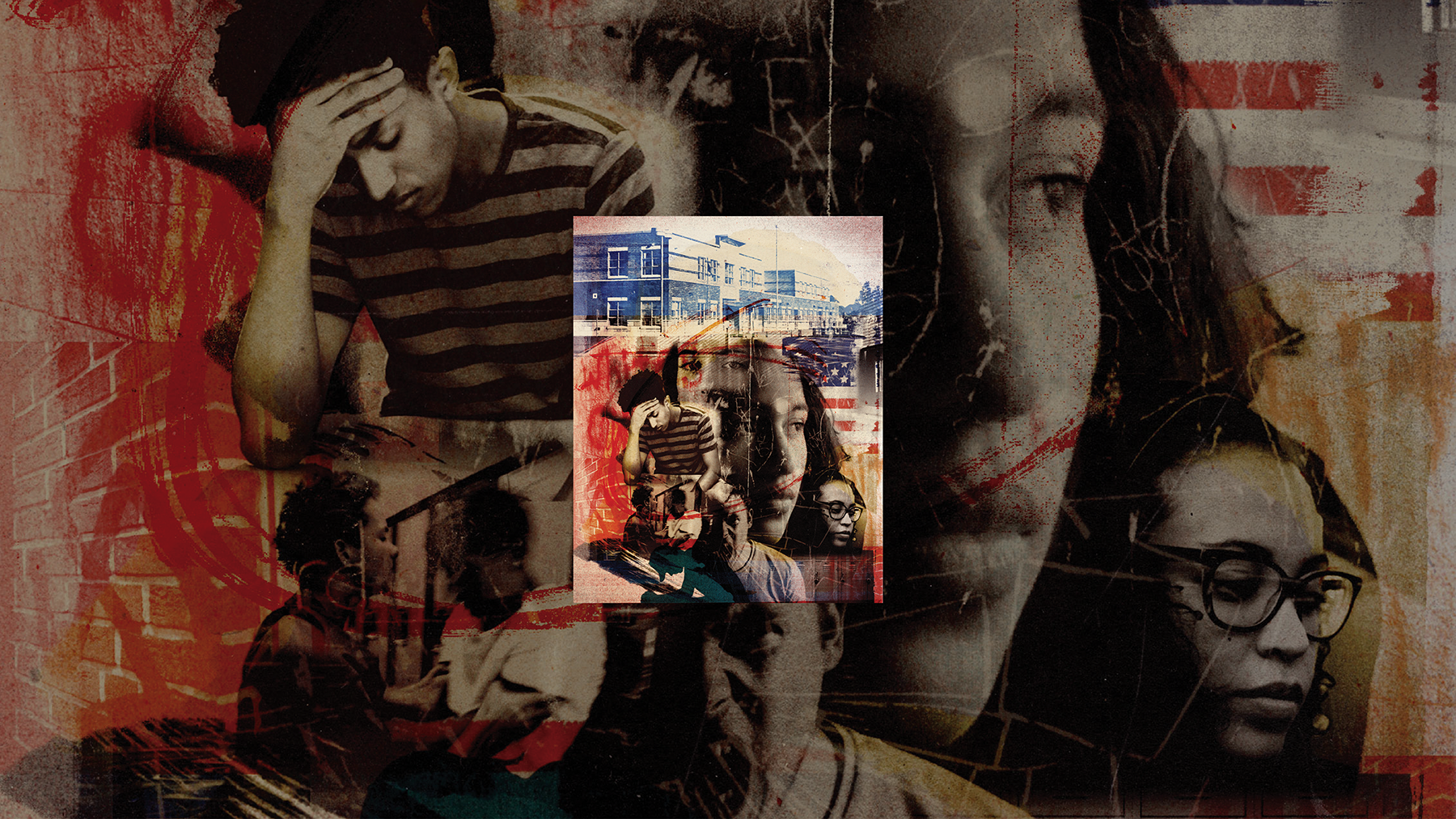Something ugly is happening in America’s schools. And, it’s not going away.
Download the full report here.
Three years ago—during and immediately after the presidential campaign—we documented a surge of incidents involving racial slurs and symbols, bigotry and the harassment of minority children in the nation’s schools. We called this phenomenon the “Trump Effect,” because it appeared that children were emulating the racist, xenophobic and coarse language Donald Trump was using on the campaign trail.
Indeed, teachers told us in two informal surveys that in many cases Trump’s name was invoked, or his words parroted, by children who were harassing others based on their race, ethnicity, religion or sexual orientation. They noted a disturbing uptick in incidents involving swastikas, derogatory language, Nazi salutes and Confederate flags. Teachers reported that children of color were worried for the safety of themselves and their families.
Now, reports of hate and bias in school emerge regularly in the news media. Captured by cell phone cameras or described on social media, disturbing incidents—slurs, graffiti swastikas or chants of “Build the wall!” aimed at Latinx athletes—travel swiftly from schools to the front page.
In recent months, several such stories have caught the attention of audiences nationwide. In Baraboo, Wisconsin, dozens of male high school students, almost all white, were seen giving a Nazi salute in a prom photo. In Idaho, elementary school staff dressed up as Mexicans and Trump’s wall on Halloween. At an elite private school in New York City, a video went viral showing two sixth-grade girls wearing blackface and swinging their arms around like apes. There have been numerous stories about African-American or Latinx athletes being taunted by white students.
The reality is that while these media reports pop up with alarming regularity, they represent just a tiny fraction of the hate and bias incidents that educators are encountering in the classroom.
For this report, we identified 821 school-based incidents that were reported in the media in 2018. By comparison, the K-12 educators who responded to a new questionnaire reported 3,265 such incidents in the fall of 2018 alone.
We found that:
More than two-thirds of the 2,776 educators who responded to the questionnaire witnessed a hate or bias incident in their school during the fall of 2018.
Fewer than 5 percent of the incidents witnessed by educators were reported in the news media.
Racism appears to be the motivation behind most hate and bias incidents in school, accounting for 63 percent of incidents reported in the news and 33 percent of incidents reported by teachers.
Of the incidents reported by educators, those involving racism and antisemitism were the most likely to be reported in the news media; anti-Latinx and anti-LGBTQ incidents were the least likely.
Most of the hate and bias incidents witnessed by educators were not addressed by school leaders. No one was disciplined in 57 percent of them. Nine times out of 10, administrators failed to denounce the bias or reaffirm school values.
The picture that emerges is the exact opposite of what schools should be: places where students feel welcome, safe and supported by the adults who are responsible for their well-being.
But schools are not hermetically sealed institutions. They are not immune from the political and socioeconomic forces gripping our nation.
In fact, this outbreak of aggression aimed primarily at students of color and LGBTQ children reflects what is happening outside school walls. Hate crimes are rising. The president himself engages in childish taunting on social media and is shattering the norms of behavior observed by generations of American leaders. And the racism, bigotry and misogyny of a virulent white nationalist movement are being parroted by mainstream political and media figures.
Schools cannot simply ignore these problems.
To ensure students are safe from harm, educators must take vigorous, proactive measures to counter prejudice and to promote equity and inclusiveness. And they must act swiftly and decisively to address all incidents of hate and bias when they happen, with a model that emphasizes communication, empathy, reconciliation and support to those who are harmed.
Illustration by Alex Williamson



